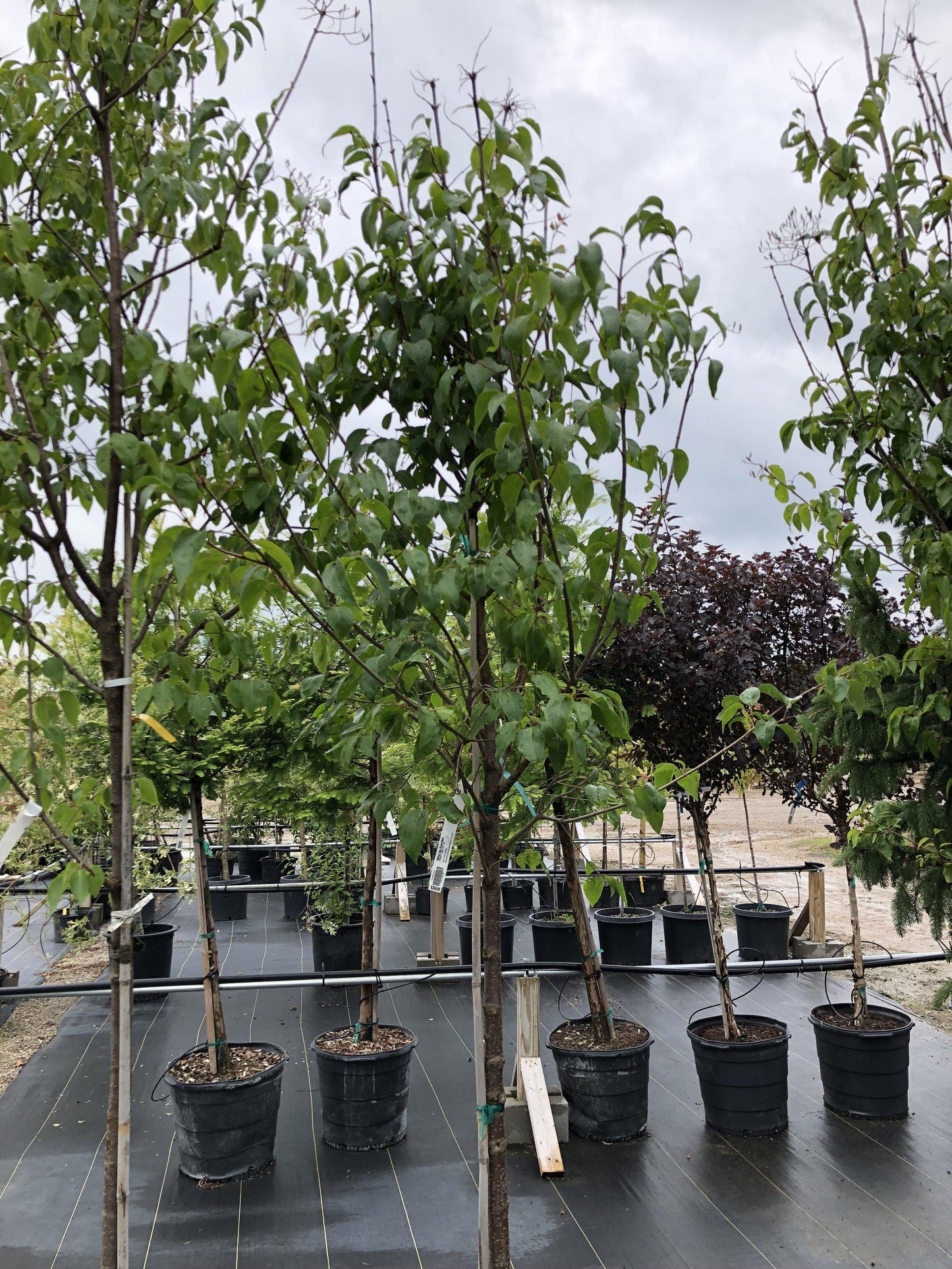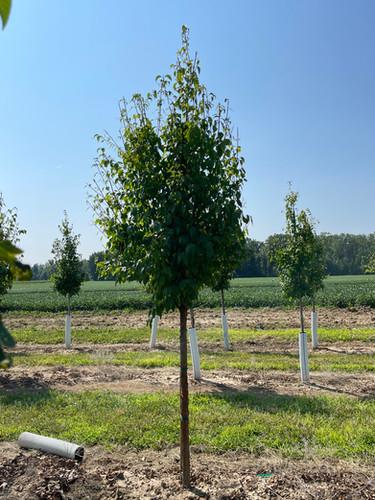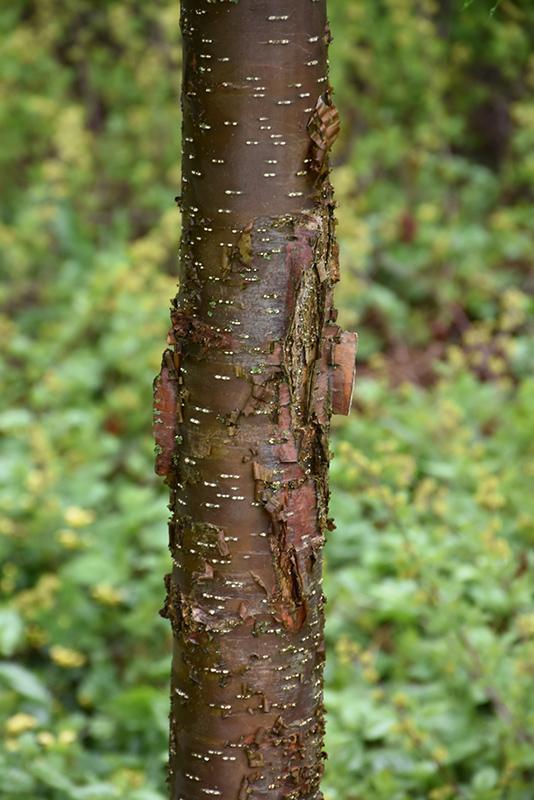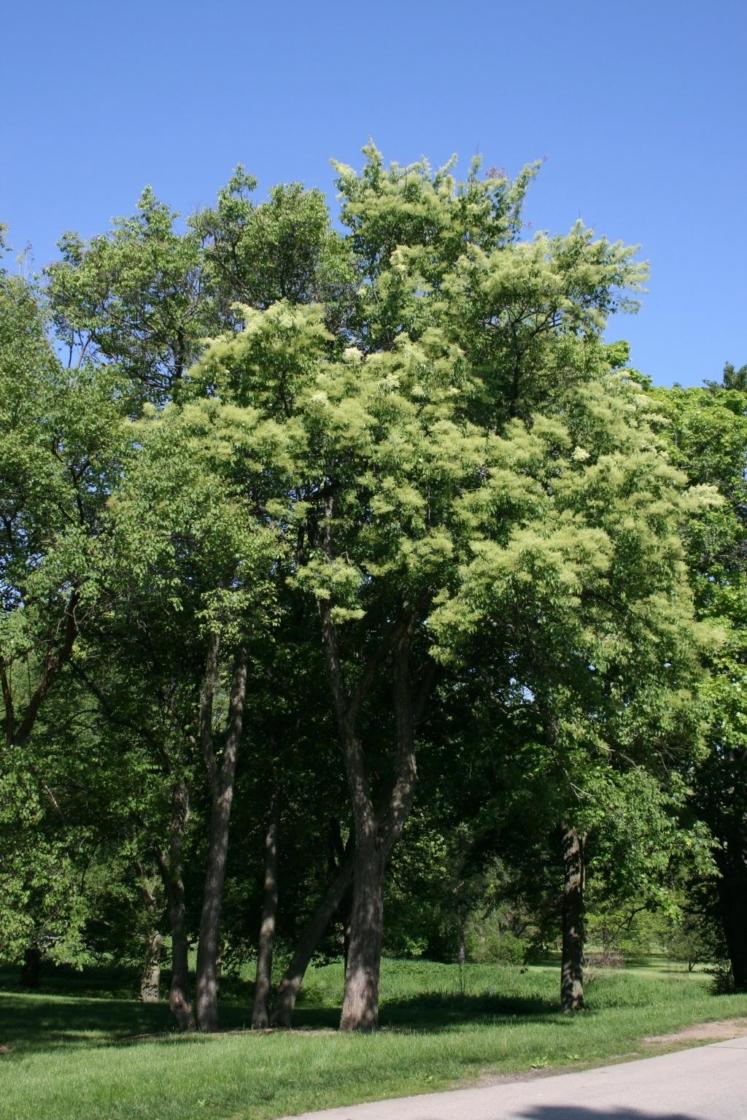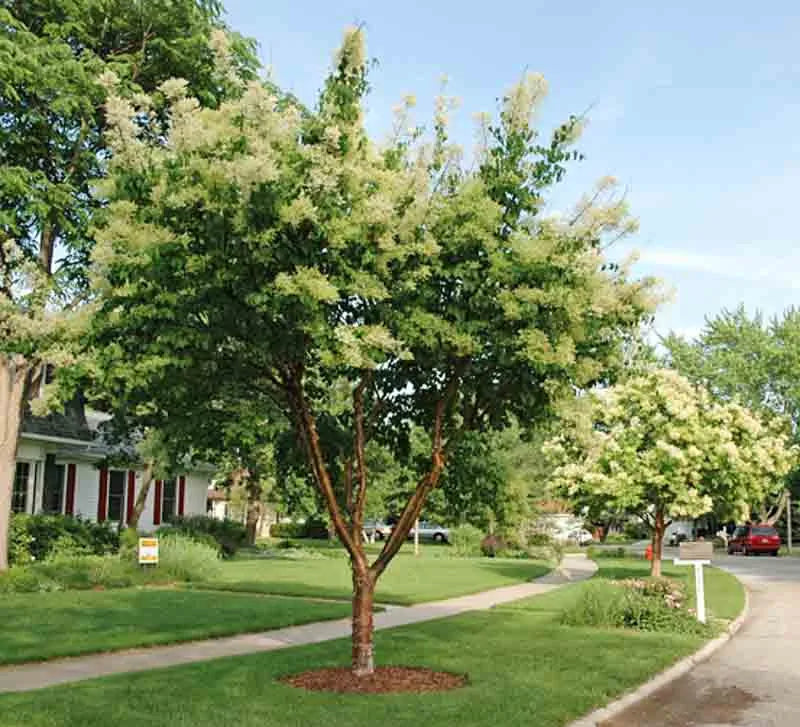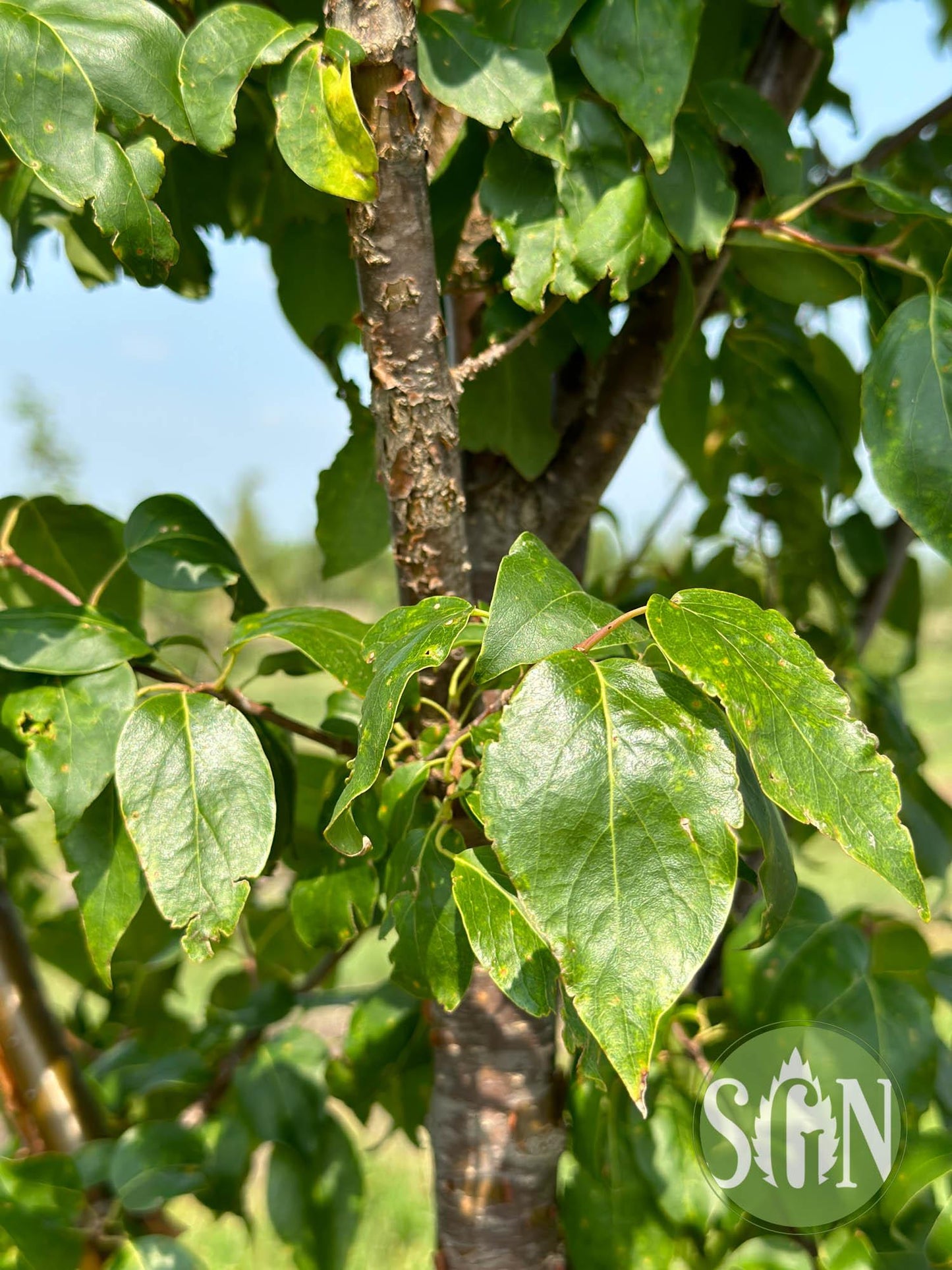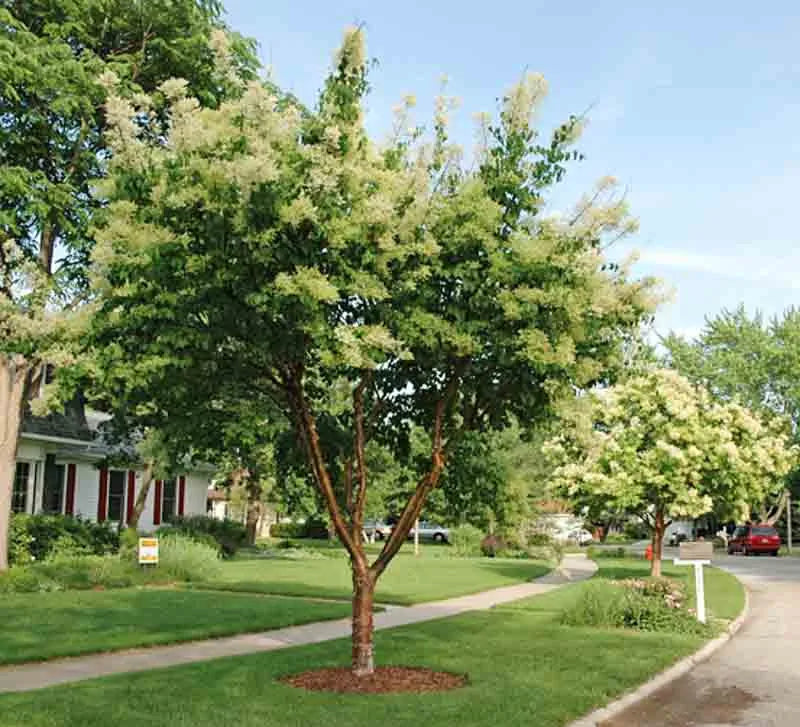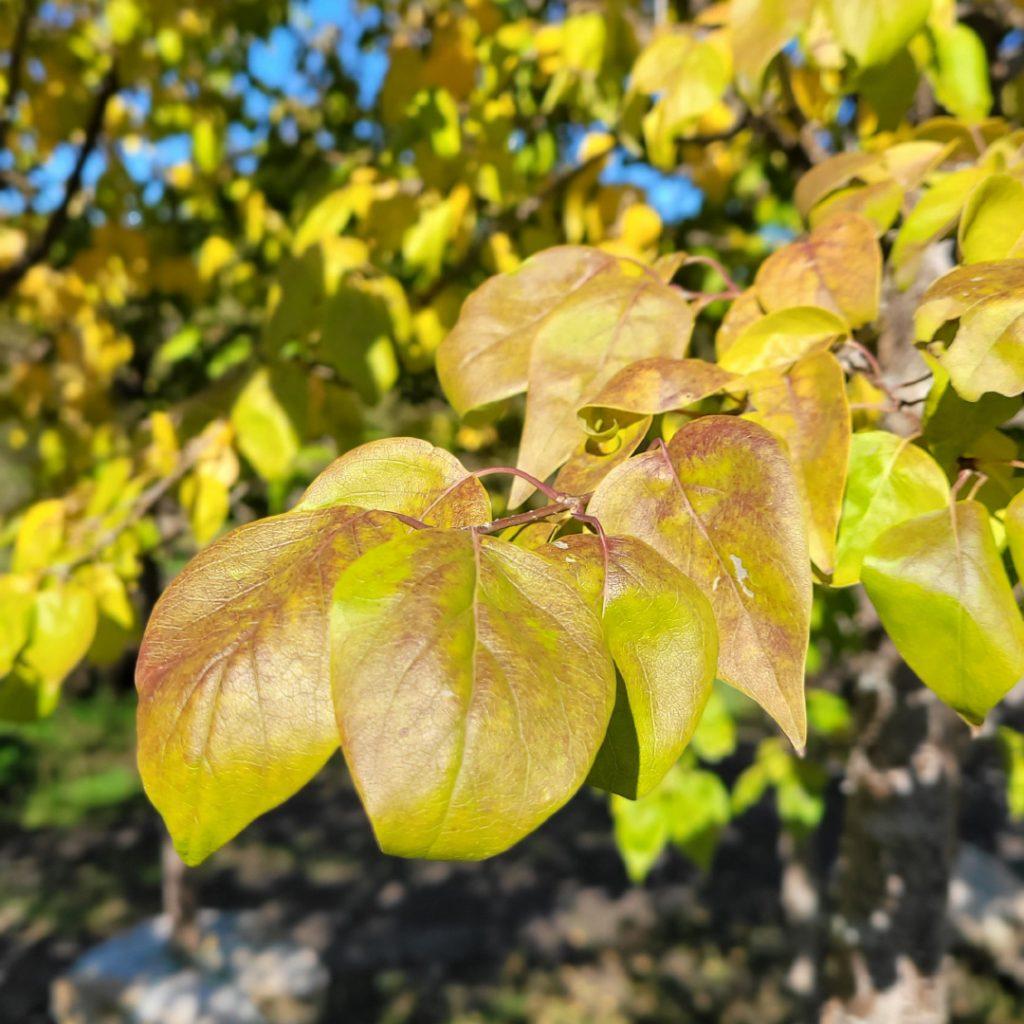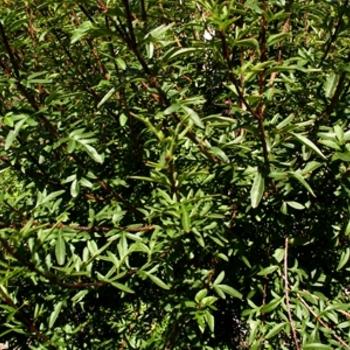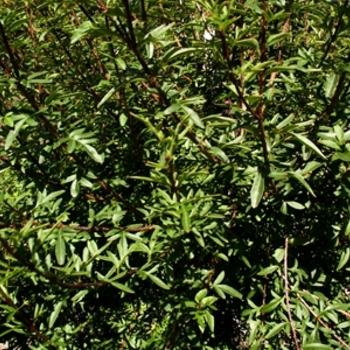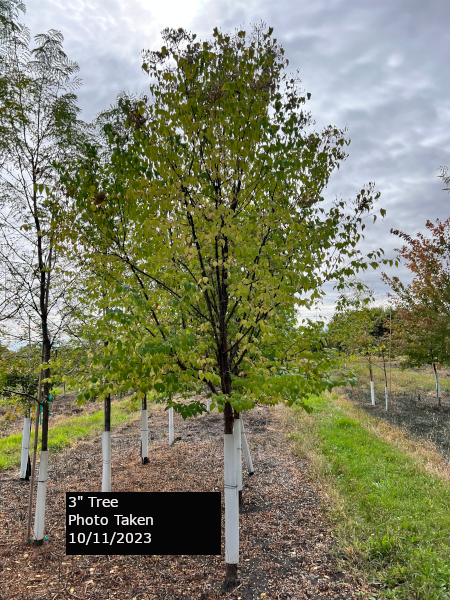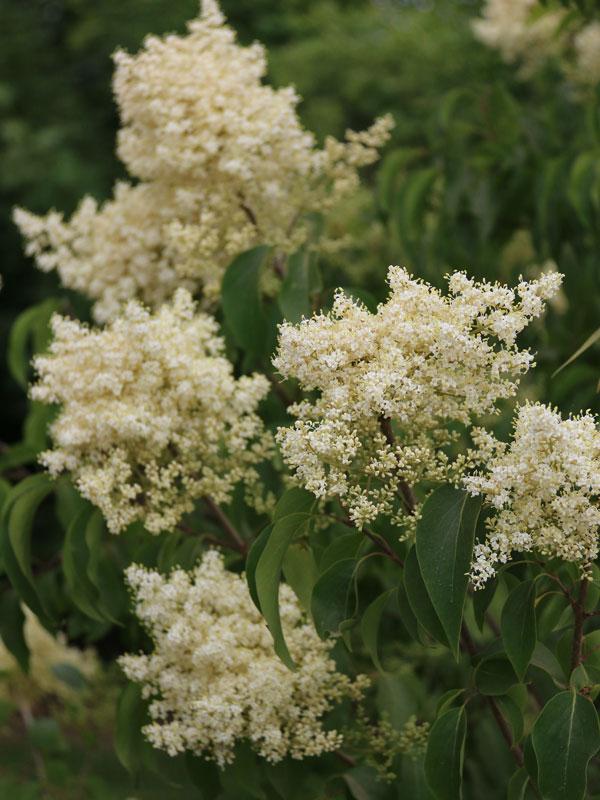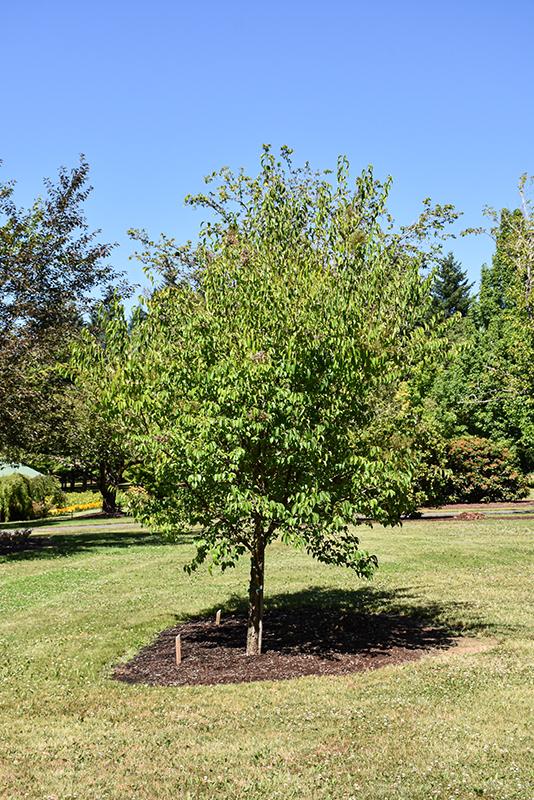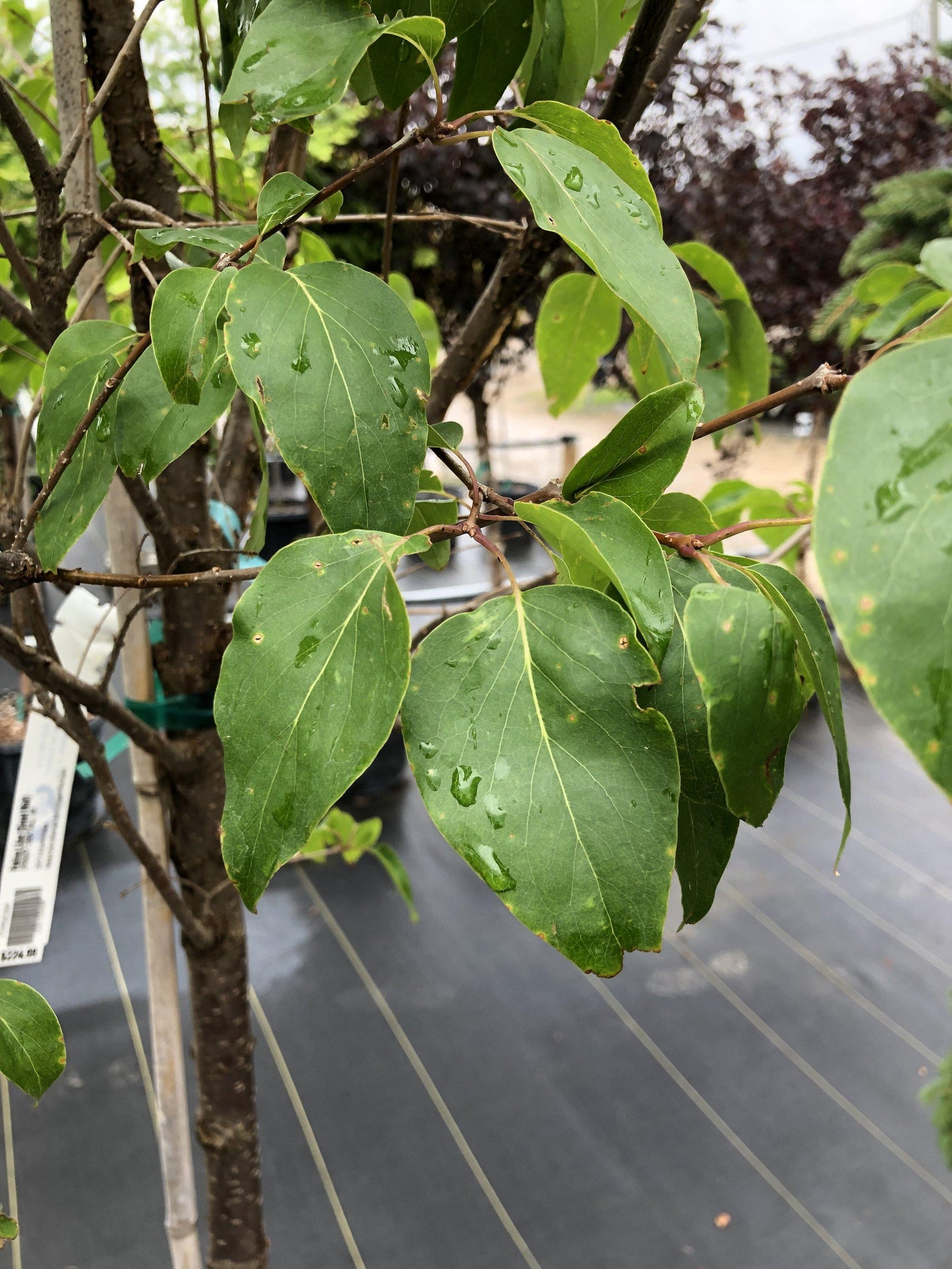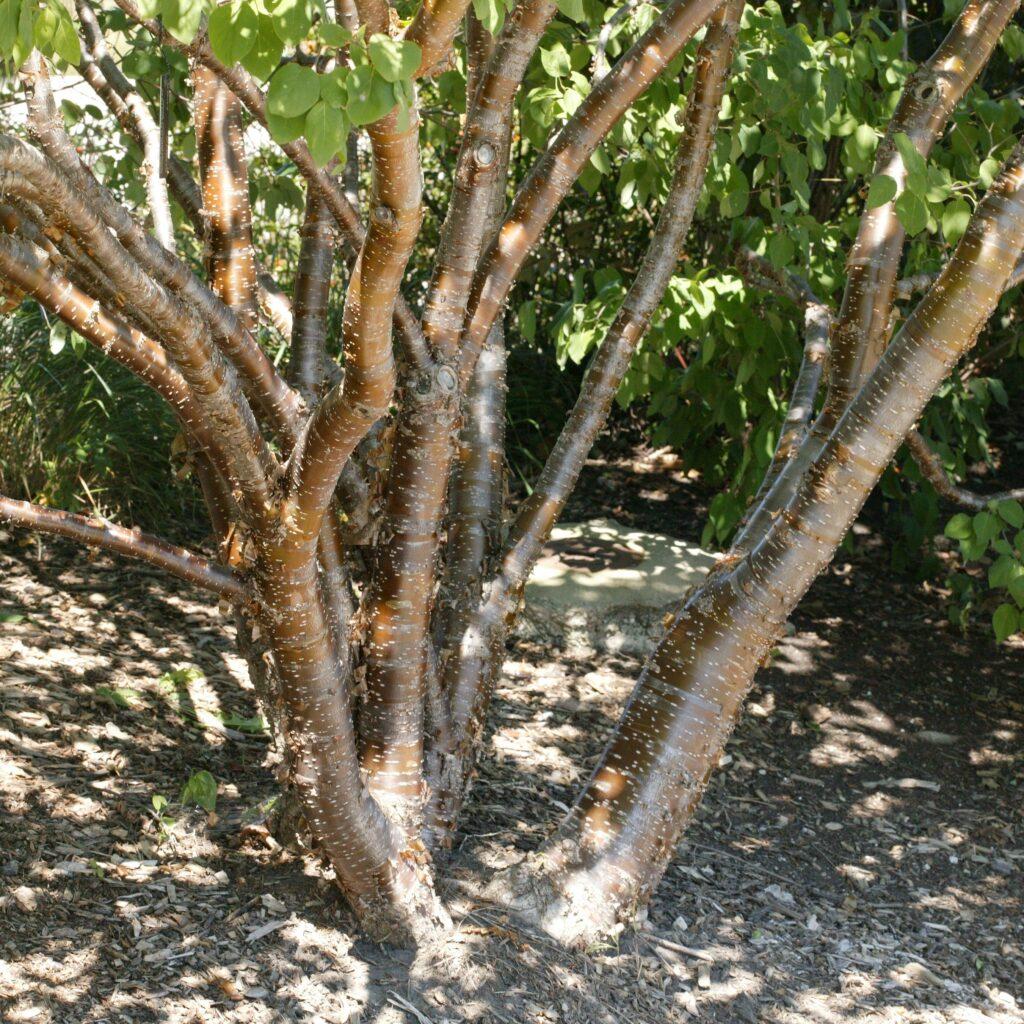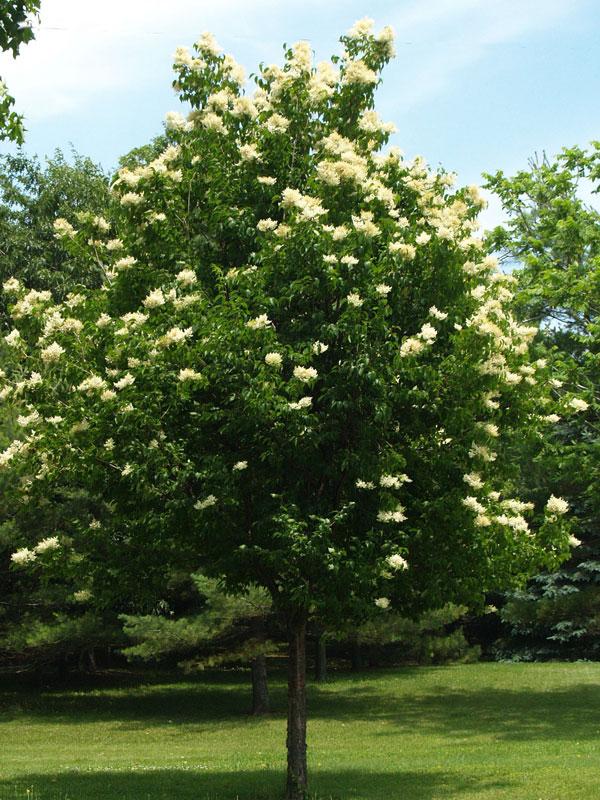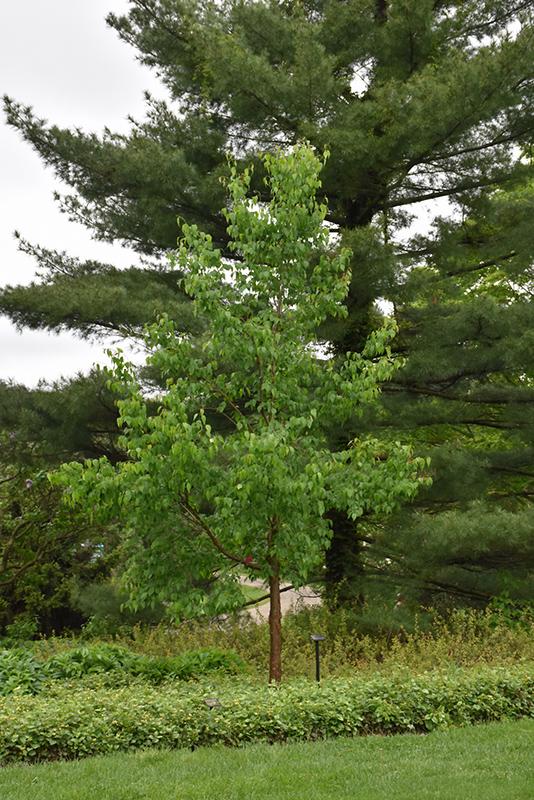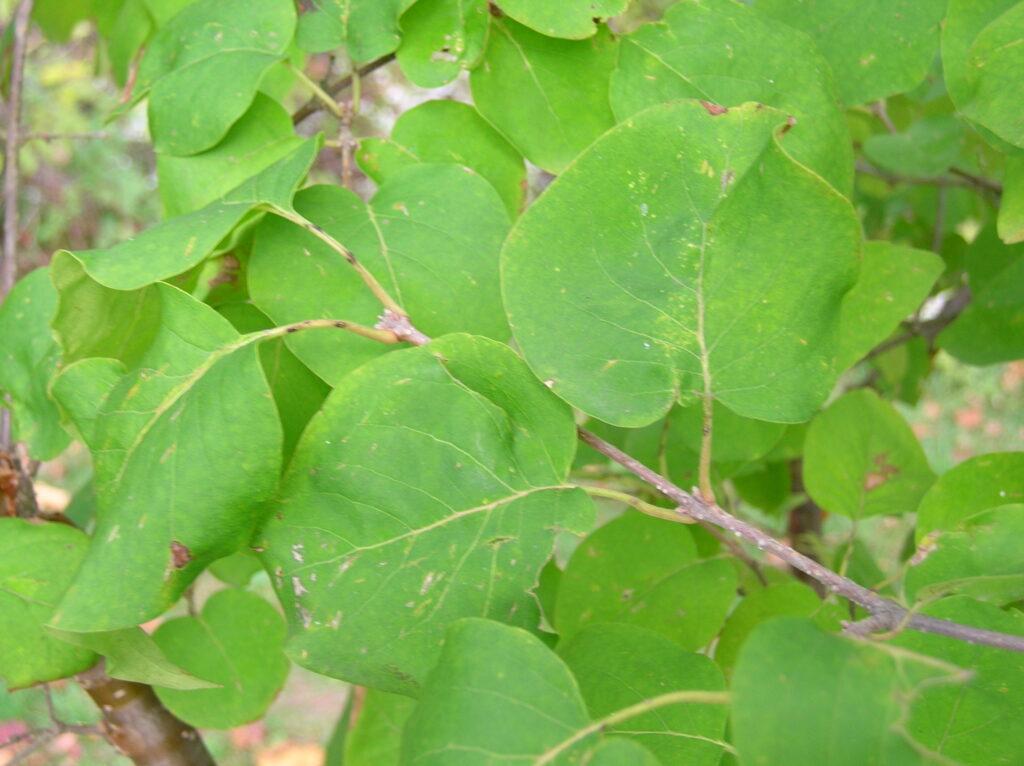1
/
of
19
Great Wall Tree Lilac–Syringa pekinensis–Fragrant ornamental tree 10 Gallon
Great Wall Tree Lilac–Syringa pekinensis–Fragrant ornamental tree 10 Gallon
Regular price
$880.00 USD
Regular price
$1,144.00 USD
Sale price
$880.00 USD
Unit price
/
per
Shipping calculated at checkout.
SKU:ntf8279-redcrocus
Couldn't load pickup availability
Syringa pekinensis 'Great Wall'
Description
The 'Great Wall' Tree Lilac is a stunning ornamental tree known for its beautiful, creamy-white flowers that bloom in early summer. It features a graceful, arching form and attractive, peeling bark that adds winter interest. This cultivar is celebrated for its hardiness and adaptability, making it a popular choice for urban landscapes and gardens.
Suggested Uses
This tree lilac is ideal for use as a specimen tree, in mixed borders, or as a part of a pollinator garden. Its fragrant blooms attract butterflies and bees, making it a valuable addition to wildlife-friendly landscapes.
Plant Details
-
 Botanical Name: Syringa pekinensis 'Great Wall'
Botanical Name: Syringa pekinensis 'Great Wall' -
 Common Name: 'Great Wall' Tree Lilac
Common Name: 'Great Wall' Tree Lilac -
 Size & Growth: 15-20 feet tall, 10-15 feet wide
Size & Growth: 15-20 feet tall, 10-15 feet wide -
 Hardiness Zones: 4-7
Hardiness Zones: 4-7 -
 Foliage Type: Deciduous
Foliage Type: Deciduous -
 Bloom Time: Early summer
Bloom Time: Early summer -
 Growth Rate: Moderate
Growth Rate: Moderate -
 Light Requirements: Full sun to partial shade
Light Requirements: Full sun to partial shade -
 Attracts Pollinators: Yes
Attracts Pollinators: Yes -
 Indoor Friendly: No
Indoor Friendly: No -
 Container Friendly: No
Container Friendly: No -
 Deer Resistant: Yes
Deer Resistant: Yes -
 Pet Warning: Non-toxic to pets
Pet Warning: Non-toxic to pets -
 Fragrant: Yes
Fragrant: Yes -
 Cut Flower: Yes
Cut Flower: Yes -
 Grows Well With: Roses, peonies, and other sun-loving perennials
Grows Well With: Roses, peonies, and other sun-loving perennials
Care Tips
-
 Planting Instructions: Plant in spring or fall in well-draining soil
Planting Instructions: Plant in spring or fall in well-draining soil -
 Soil Moisture: Keep soil evenly moist, especially in the first year
Soil Moisture: Keep soil evenly moist, especially in the first year -
 Soil Type: Prefers loamy, well-drained soil
Soil Type: Prefers loamy, well-drained soil -
 Humidity: Tolerates average humidity levels
Humidity: Tolerates average humidity levels -
 Pruning Instructions: Prune after flowering to maintain shape
Pruning Instructions: Prune after flowering to maintain shape -
 Winter Care: Mulch base to protect roots in colder zones
Winter Care: Mulch base to protect roots in colder zones -
 Planting Depth: Plant at the same depth as in the nursery pot
Planting Depth: Plant at the same depth as in the nursery pot -
 Fertilization: Fertilize in early spring with a balanced fertilizer
Fertilization: Fertilize in early spring with a balanced fertilizer -
 Special Care: Avoid overwatering; ensure good air circulation
Special Care: Avoid overwatering; ensure good air circulation
Share
